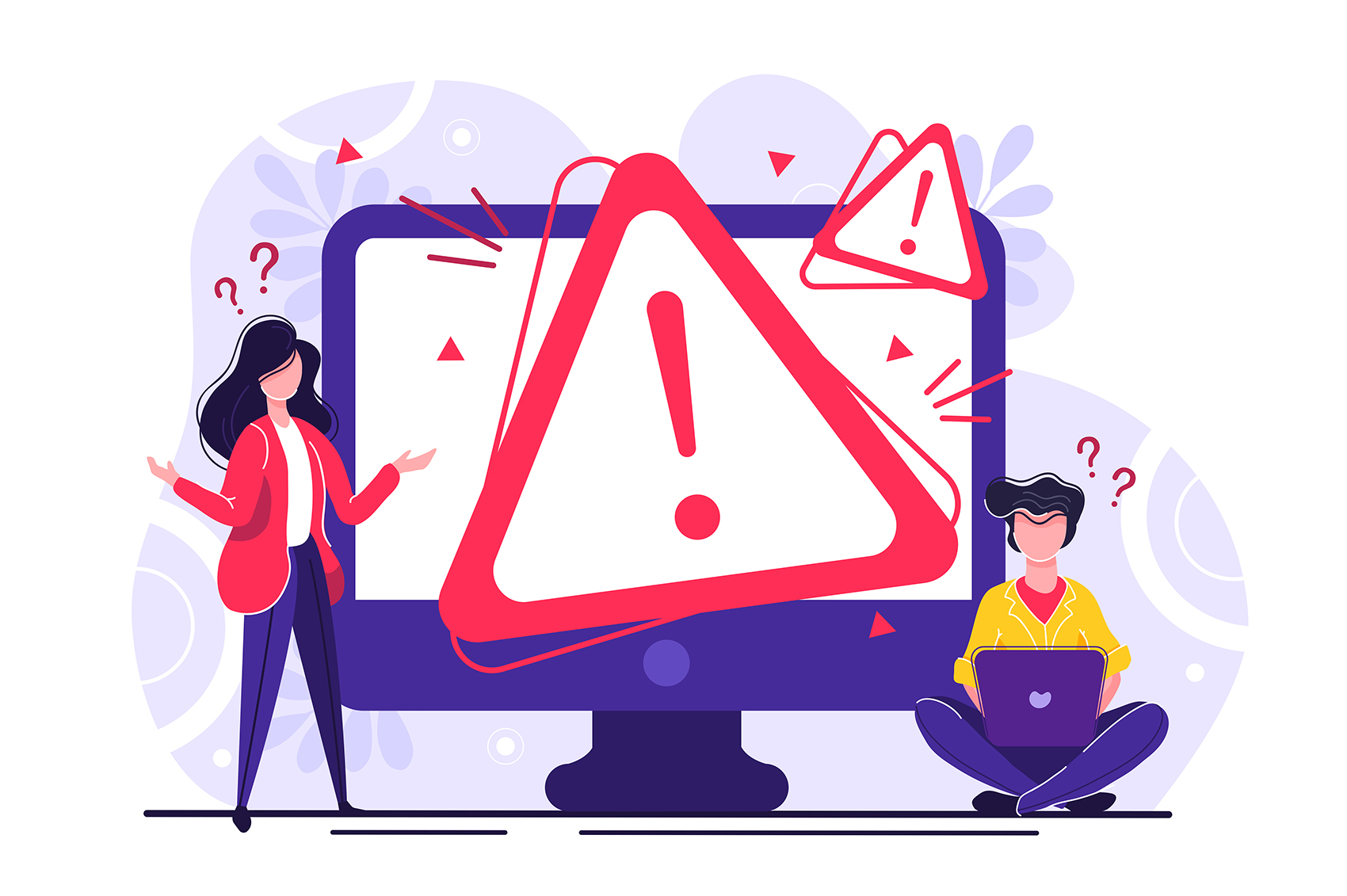To know more follow us on Facebook.
In the present digital era, the significance of having a website for your business cannot be overstated. Your website not only represents your company online but also can serve as one of your most invaluable marketing tools. To make the most of this asset, it’s essential to be aware of common mistakes to avoid when designing your business website. However, designing a website that effectively represents your brand and meets the needs of your customers can be challenging.
In this blog post by the SamBoad Team, we will discuss some common mistakes to avoid when designing your business website.
1. Neglecting Mobile Optimization
With more than half of internet traffic coming from mobile devices, it’s essential to ensure that your website is optimized for mobile use. A responsive design is critical to providing a seamless experience across all devices, including smartphones and tablets.
A non-responsive website can lead to slow loading times, distorted images, and poor user experience, which can drive potential customers away. Therefore, make sure you optimize your website for mobile devices by using a responsive design.
2. Poor Navigation
Your website’s navigation should be intuitive, easy to use, and well-organized. Visitors should be able to find what they’re looking for quickly without any confusion or frustration.
Poor navigation can lead to high bounce rates and lower engagement levels. To avoid this mistake, create a clear and concise menu structure that reflects your site’s content hierarchy. Also, include a search bar on your website to help visitors find specific information easily.
3. Slow Loading Times
Slow loading times can negatively impact user experience and lead to higher bounce rates. According to Google, 53% of mobile users abandon sites that take longer than three seconds to load.
To avoid this mistake, optimize your website’s images, compress files, and leverage caching techniques. Consider running regular speed tests to identify areas where you can improve performance.
4. Overcomplicating Design
While an aesthetically pleasing website is essential, overcomplicating your design can harm user experience. Avoid cluttered designs, complex layouts, and too many colors or fonts.
Instead, focus on creating a clean, modern design that aligns with your brand’s identity and values. Use white space effectively to provide visual breathing room for visitors, making it easier to navigate through your content.
5. Lack of Call-to-Actions
Call-to-actions (CTAs) are essential elements of any website. They encourage visitors to take the desired action, such as filling out a form or making a purchase.
A lack of CTAs can lead to lower conversion rates and missed opportunities. Therefore, ensure you include clear and concise CTAs throughout your site, guiding visitors towards their next step.
6. Poor Content Strategy
Content is king when it comes to websites. Your content should be engaging, informative, and relevant to your target audience.
Poor content strategy can lead to low engagement levels, high bounce rates, and poor search engine rankings. To avoid this mistake, create a content plan that aligns with your business goals and target audience. Consider hiring a professional copywriter to help craft compelling content that resonates with your visitors.
7. Ignoring SEO Best Practices
Search engine optimization (SEO) is critical to improving your website’s visibility on search engines like Google. Ignoring SEO best practices can harm your website’s ranking potential and make it harder for potential customers to find you online.
To avoid this mistake, conduct keyword research, optimize your meta descriptions and titles, and use alt tags for images. Ensure your website has proper schema markup, and consider implementing an ongoing SEO strategy to improve your website’s ranking over time.
Conclusion
Designing an effective website requires careful planning, attention to detail, and a deep understanding of your target audience and business goals. By avoiding these common mistakes, you can create a website that not only looks great but also provides a seamless user experience, drives traffic, and generates leads for your business.

